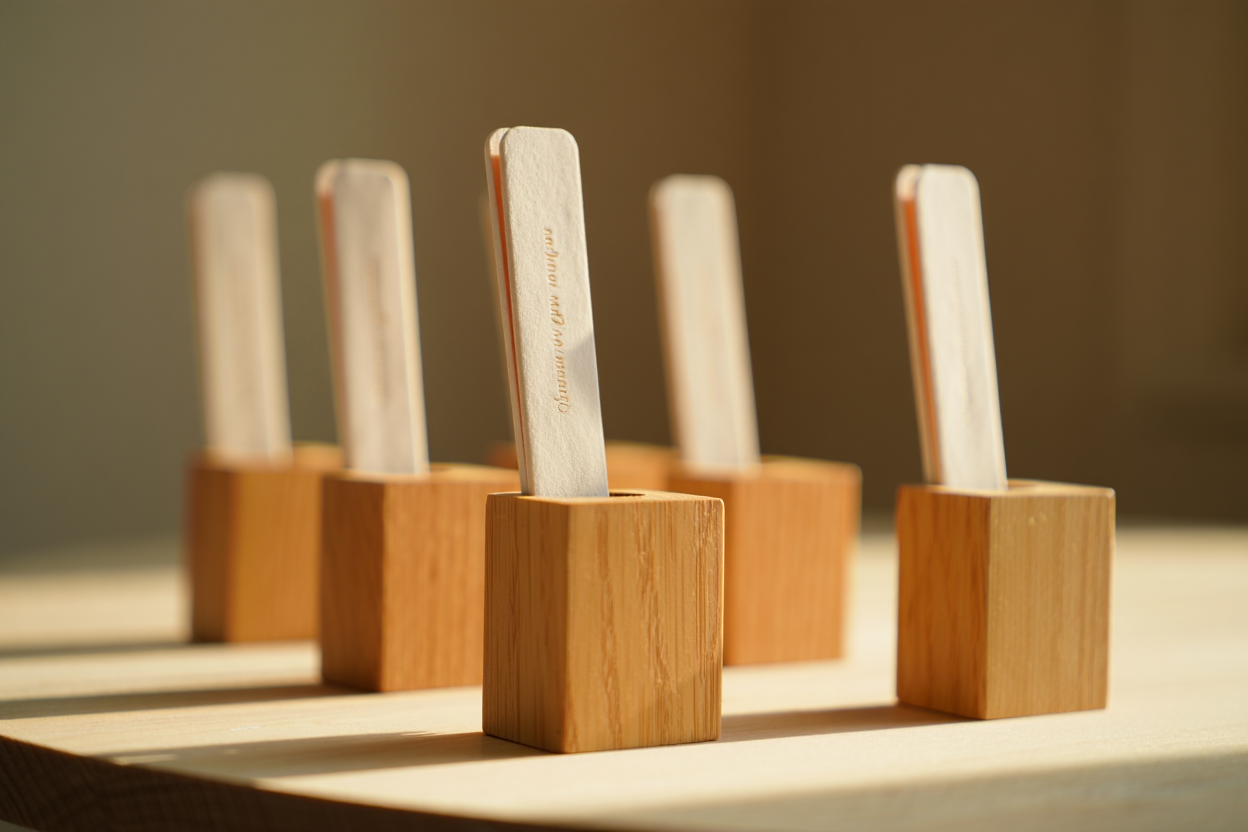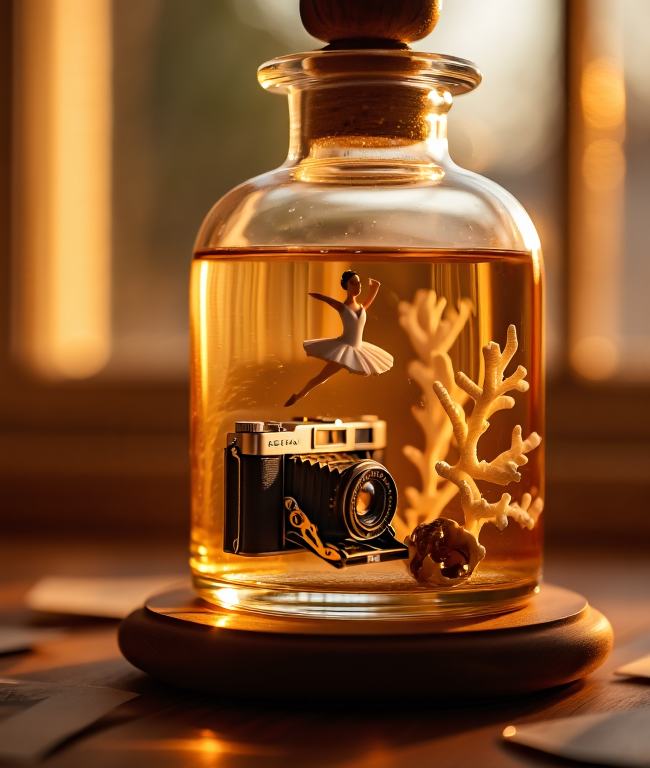
From Concept to Bottle: The Lifecycle of a New Perfume
1. The Spark of Inspiration
Every new fragrance begins with a spark of inspiration—much like any creative work. I keep a dedicated notebook where I jot down detailed impressions and possible note combinations that could capture everything from the autumn air of the Carpathian Mountains to the fragrance of cherry blossoms, lilacs, or even a horse farm or oceanic breeze on a wild beach. Often, as I described in my article on perfumery as a mode of storytelling, the foundation for a new perfume is a story or a vivid recollection. Sometimes the concept arrives so clearly that it already has a name penciled into my notebook before I’ve even begun formulating.
2. Choosing the Notes
Once the core idea has taken shape, I move to one of my favorite phases: selecting notes. This phase is the most creative and inspiring for me. I search through my perfume materials, focusing on those that will represent certain aspects of the concept—perhaps a sensual caramel note of cotton candy or the briny edge of decaying seaweed on a remote shore. I apply each candidate material on blotters, arrange them in a row, and experiment with how they smell in different combinations. Each perfume component can evoke its own emotional response, often making this part of the process feel reflective and meditative—especially with natural raw materials that I can sniff for hours on their own.
3. Creating a Prototype Perfume
Selecting notes on blotters can reveal overlapping harmonies, but it rarely shows precise proportions or synergistic effects among materials. That’s why I often make a prototype perfume—a rough mix of undiluted materials. The balance at this stage is necessarily rough since working with raw, concentrated materials can be tricky. Afterward, I dilute the mixture with alcohol to the approximate strength of a finished perfume. I then wear this prototype for a while, learning how its notes behave and how the fragrance evolves. Surprisingly, I sometimes prefer the prototype’s sharper individuality over a refined final version—though it can get expensive if that prototype lacks top notes, musks, or fixatives to anchor everything in place, especially when it relies heavily on costly natural ingredients.
4. Building Rare or Fantasy Notes
Occasionally, the concept for a new perfume calls for a note that isn’t just absent from my stock—it might not exist as a ready-made material at all. I’m talking about rare or highly specific aromas (orchids, horse hide) or entirely imaginative elements such as burning candle wax. In these situations, I need to assemble that unique effect from various raw materials first—an intermediate creation akin to a custom bouquet. You can learn more about this process in my article on perfume accords, where multiple components merge into a cohesive “note” for use in the overall composition.
5. Preparing the Components
Once I’ve settled on every material, I have to ready them for blending. As you might know, a perfume composition follows a formula with each component at a particular concentration. But certain materials are so potent—such as civet absolute—that they require pre-dilution even before adding them to the concentrate. This step ensures each raw material is in a practical form for accurate measurement and blending. Otherwise, it’s incredibly difficult to control such intense aromas.
6. Balancing Through Experiments
With all materials at hand, we reach the most time-consuming and critical stage: balancing the formula by experimentation. You can read more about these trials in my article on the method of perfume creation. For convenience, the earliest experiments often use relative measurements—like drops or fractions of a milliliter—just to get a quick sense of proportion. However, once the fragrance starts to coalesce, precise weighing becomes essential to ensure consistent results and scalability. Materials that were previously diluted might need to be converted back to their concentrated form if they occupy a significant percentage of the final composition. Ultimately, the aim is a solid, workable formula ready to be assembled into a perfume concentrate.
From the initial spark in a perfumer’s notebook to the final, bottled product, each stage shapes the soul of a new fragrance. Sometimes the journey is straightforward, and other times it meanders with unexpected challenges—developing a rare note, rebalancing an intense prototype, or finding exactly the right fixative. Yet every twist in that road is part of the creative energy that makes perfumery such a fascinating craft. By the time a perfume is bottled, it contains not just its carefully chosen ingredients but a tapestry of the perfumer’s observations, insights, and inspirations as well.


